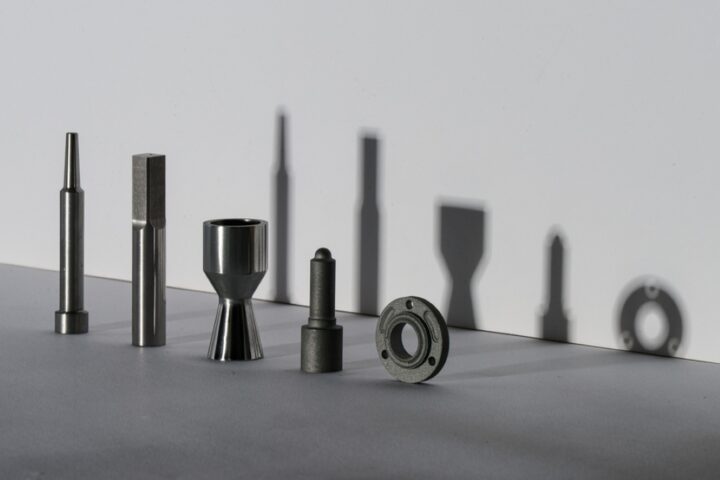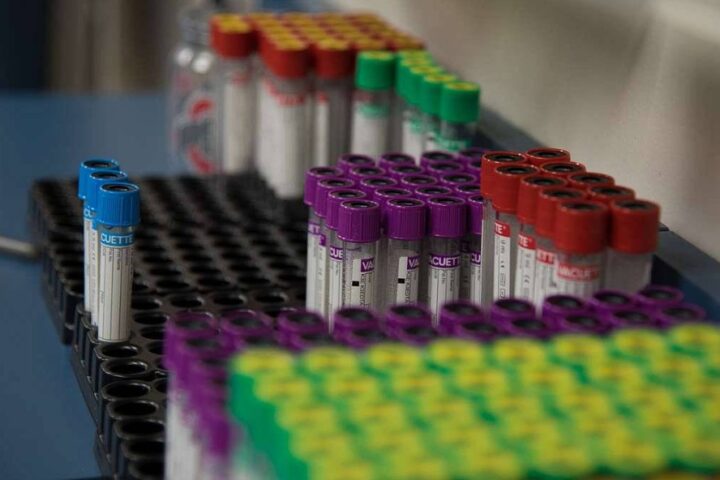Scientists from the John A. Paulson School of Engineering and Applied Sciences (SEAS) at Harvard have developed a programmable metafluid with adjustable elasticity, optical properties, viscosity, and even the capability to transition between Newtonian and non-Newtonian fluids, according to a study published in Nature.
This new class of fluid has potential applications in robotics, optical devices, and energy dissipation, representing a significant advance in metamaterial technology.
The first metafluid of its kind uses a suspension of small elastomer spheres—ranging from 50 to 500 microns—that deform under pressure, radically changing the fluid’s characteristics. The metafluid could be used in everything from hydraulic actuators to programmed robots, to smart dampers that can dissipate energy depending on the impact intensity, and optical devices that can switch from transparent to dark and opaque.
“We are just scratching the surface of what is possible with this new class of fluid,” said Adel Djellouli, an associate researcher in materials science and mechanical engineering at SEAS and the lead author of the paper.
Metamaterials are artificially created, their properties determined by their structure, not their composition, most are solids, and some have been used for years in various applications. However, most of these materials, like the pioneering metalenses in the laboratory of Federico Capasso, Robert L. Wallace Professor of Applied Physics and Vinton Hayes Senior Researcher in Electrical Engineering at SEAS, are solids.
Metafluids have the unique ability to flow and adapt to the shape of their container, and the goal of the researchers was to create one that, in addition to these characteristics, would provide a platform for programming viscosity, compressibility, and optical properties, explains one of the study’s authors, Katia Bertoldi.
Using a highly scalable manufacturing technique was developed in the laboratory of David A. Weitz, Mallinckrodt Professor of Physics and Applied Physics at SEAS by the research team. They managed to produce hundreds of thousands of these highly deformable elastomer spheres, ranging in size from 50 to 500 microns, and suspended them in silicone oil. When the pressure inside the suspension liquid (silicone oil) increases, the capsules collapse, forming a hemisphere similar to a lens, and when the pressure is removed, they regain their shape. When the pressure inside the fluid increases, the capsules collapse, forming a lens-shaped hemisphere. When this pressure is removed, the capsules return to their spherical shape.
This transition modifies many of the liquid’s properties, including its viscosity and opacity. These properties can be adjusted by changing the quantity, thickness, and size of the capsules in the liquid.
The researchers demonstrated the fluid’s programmability by loading the metafluid into a robotic hydraulic clamp and having the clamp pick up a glass bottle, an egg, and a blueberry. In a traditional hydraulic system powered by air or water, the robot would need some type of sensor or external control to adjust its grip and pick up the three objects without crushing them, but with the metafluid, this is not necessary, as the liquid itself responds to different pressures.
But with the metafluid, no sensing is necessary. The fluid itself responds to different pressures, changing its flexibility to adjust the clamp’s force so it can grip a heavy bottle, a delicate egg, and a small blueberry, without additional programming.
“We show that we can use this fluid to endow intelligence into a simple robot,” said Djellouli.
The team also demonstrated a fluidic logic gate that can be reprogrammed by changing the metafluid.
The metafluid also changes its optical properties when exposed to variable pressures. When the capsules are round, they scatter light and make the liquid opaque, but when pressure is applied and they collapse, they act as microlenses, making the liquid transparent.
Similar Posts
When the capsules are round, they scatter light, making the fluid opaque, in the same way that air bubbles make soda water appear white. But when pressure is applied and the capsules collapse, they act as microlenses, focusing light and making the liquid transparent. These optical properties could be used for various applications, such as electronic inks that change color with pressure.
When the capsules collapse, the suspension transforms into a non-Newtonian fluid, meaning its viscosity changes in response to stress, the greater the stress, the more fluid it becomes.
The authors highlighted that this is the first metafluid that has demonstrated a transition between Newtonian and non-Newtonian states.
The team’s next step is to explore the acoustic and thermodynamic properties of the new metafluid.


















